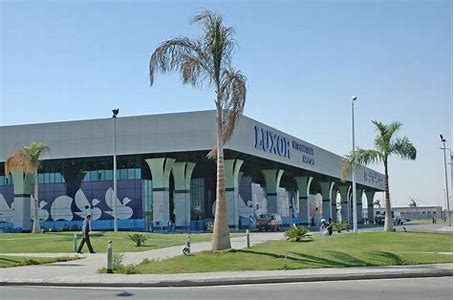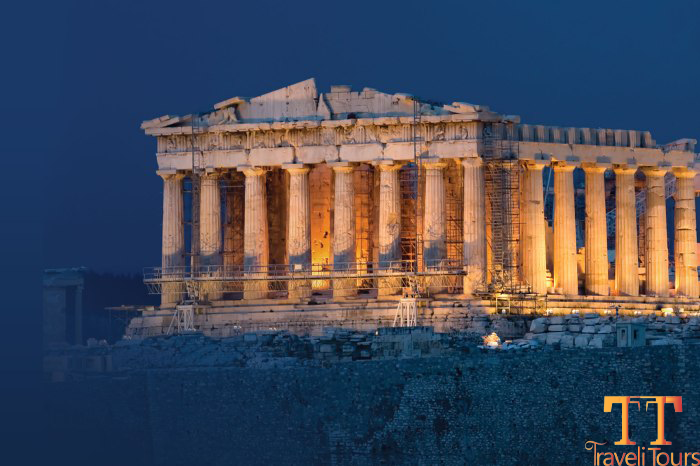
What to know before visiting Luxor
The Karnak Temple Complex, commonly known as Karnak, is a vast and awe-inspiring complex of temples, pylons, chapels, and other buildings located near Luxor, Egypt. It stands as a testament to the power and religious devotion of ancient Egypt.
A Monumental Masterpiece
Construction at Karnak began during the reign of Senusret I in the Middle Kingdom and continued into the Ptolemaic Kingdom, with most of the extant buildings dating from the New Kingdom. The complex was dedicated to the Theban Triad: Amun, Mut, and Khonsu.
The Luxor Temple, also known as the "Southern Sanctuary," is a magnificent ancient Egyptian temple complex located on the east bank of the Nile River in the city of Luxor (ancient Thebes). It stands as a testament to the power and grandeur of the New Kingdom pharaohs.
A Temple of Divine Birth
The temple was primarily dedicated to the cult of Amun-Re, the supreme god of ancient Egypt. It played a crucial role in the annual Opet Festival, during which the statues of Amun, Mut, and Khonsu were brought from Karnak to Luxor for a ceremonial procession.
Exploring the West Bank of Luxor offers a captivating journey into the necropolises, temples, and monuments that stand as testaments to the grandeur of ancient Egypt. Here's an exploration of the West Bank
Valley of the Kings
Description: An iconic necropolis where pharaohs and nobles were entombed in elaborately decorated tombs
Highlights: Tombs of Tutankhamun, Ramses II, and Seti I, each adorned with intricate hieroglyphs and vibrant paintings
Valley of the Queens
Description: A burial ground for queens, princesses, and high officials, featuring
beautifully decorated tombs
Highlights: Tomb of Nefertari, known for its exquisite paintings and vibrant colors.
Hatshepsut’s Temple (Deir el-Bahari)
Description: A stunning mortuary temple dedicated to the female pharaoh Hatshepsut, blending seamlessly with the natural rock formations
Highlights: Terraced colonnades, statues of the queen, and reliefs depicting her divine birth
Colossi of Memnon
Description: Two colossal statues of Amenhotep III that once guarded the
entrance of his mortuary temple
Highlights: Massive statues tower over the landscape, with intriguing ancient graffiti on one of them
Medinat Habu
Description: A vast temple complex dedicated to Ramses III, showcasing well-preserved reliefs and structures
Highlights: The Mortuary Temple, the Ramesseum, and the massive statues at the entrance
Theban Necropolis
Description:An extensive burial ground featuring numerous tombs, including those of high officials and artisans
Highlights:Tombs of Nakht, Ramose, and the Tombs of the Nobles, each displaying unique artistry
Ramesseum
Description: A mortuary temple dedicated to Ramses II, featuring a colossal statue of the pharaoh in a seated position
Highlights: Impressive pylons, remains of a massive court, and the fallen statue of Ramses II
Valley of the Artisans (Deir el-Medina)
Description:An ancient village where the workers who constructed the tombs and temples lived
Highlights: The houses of the artisans, a communal chapel, and the Temple of Hathor
Exploring the West Bank of Luxor offers a profound and immersive experience, allowing you to step back in time and witness the incredible artistry and devotion of ancient Egyptian civilization
Most Popular Tour
Interdum et malesuada fames ac ante ipsum











